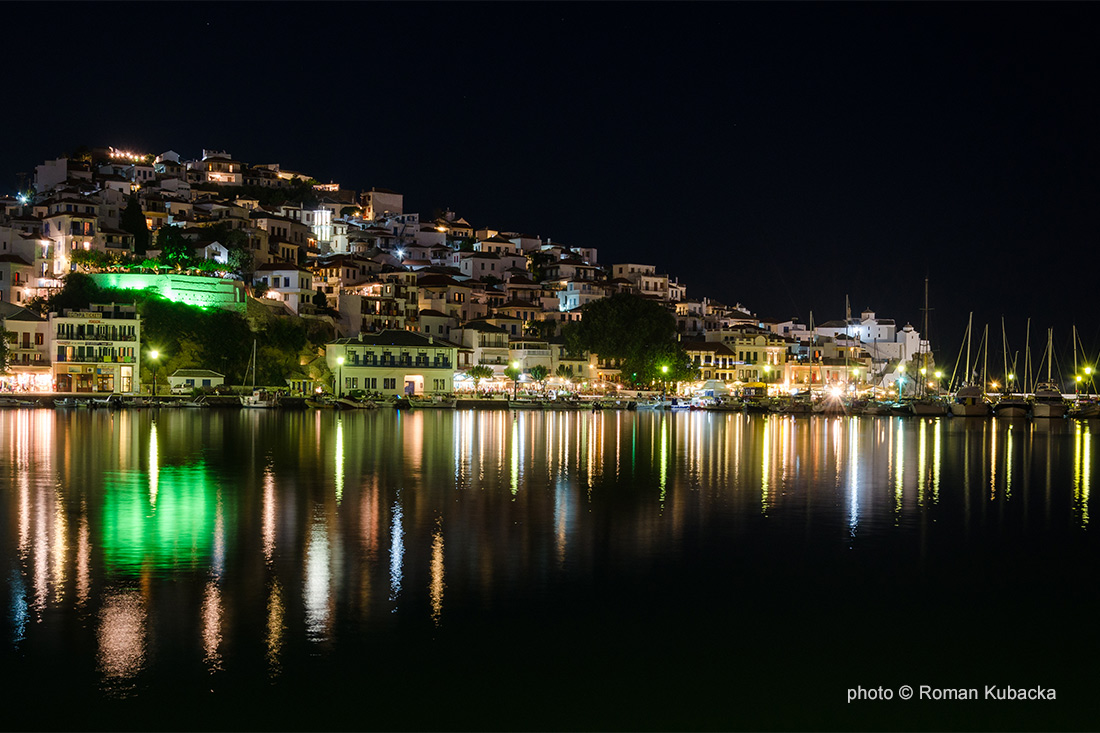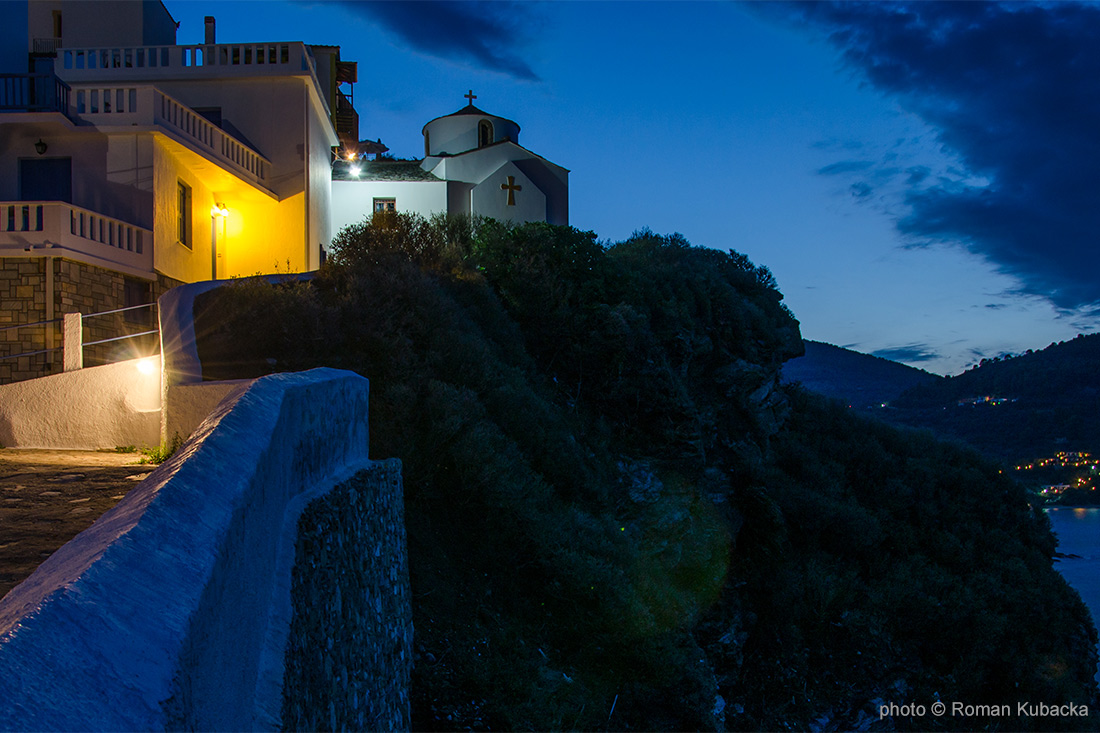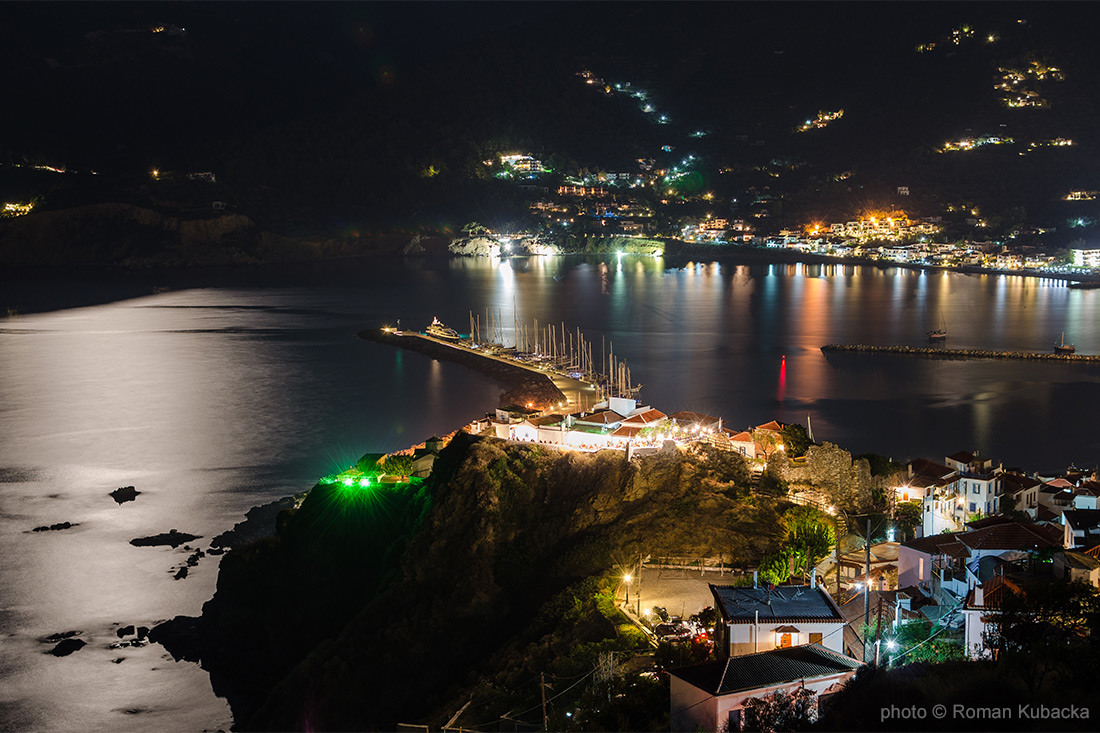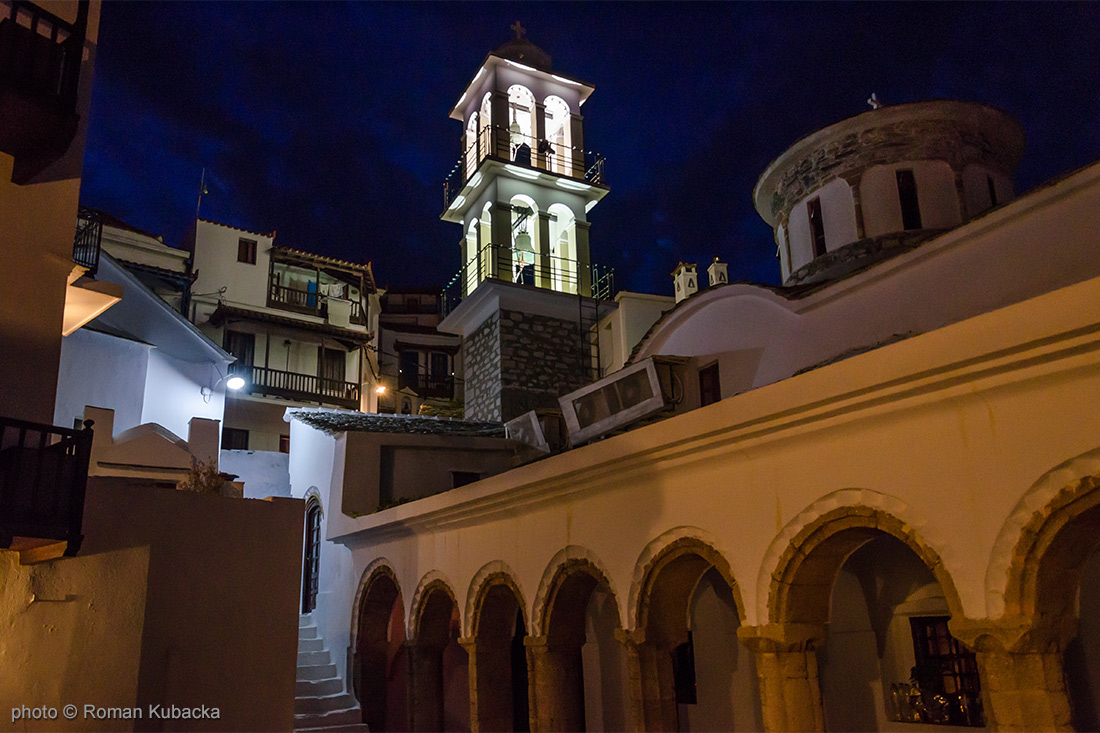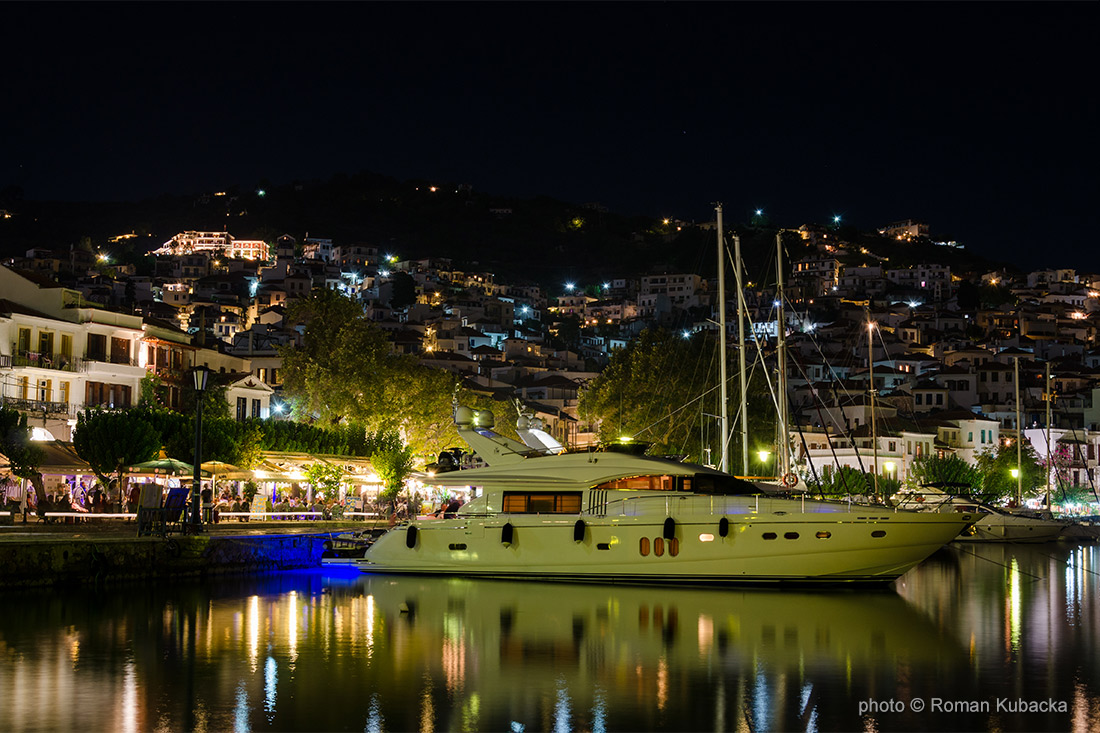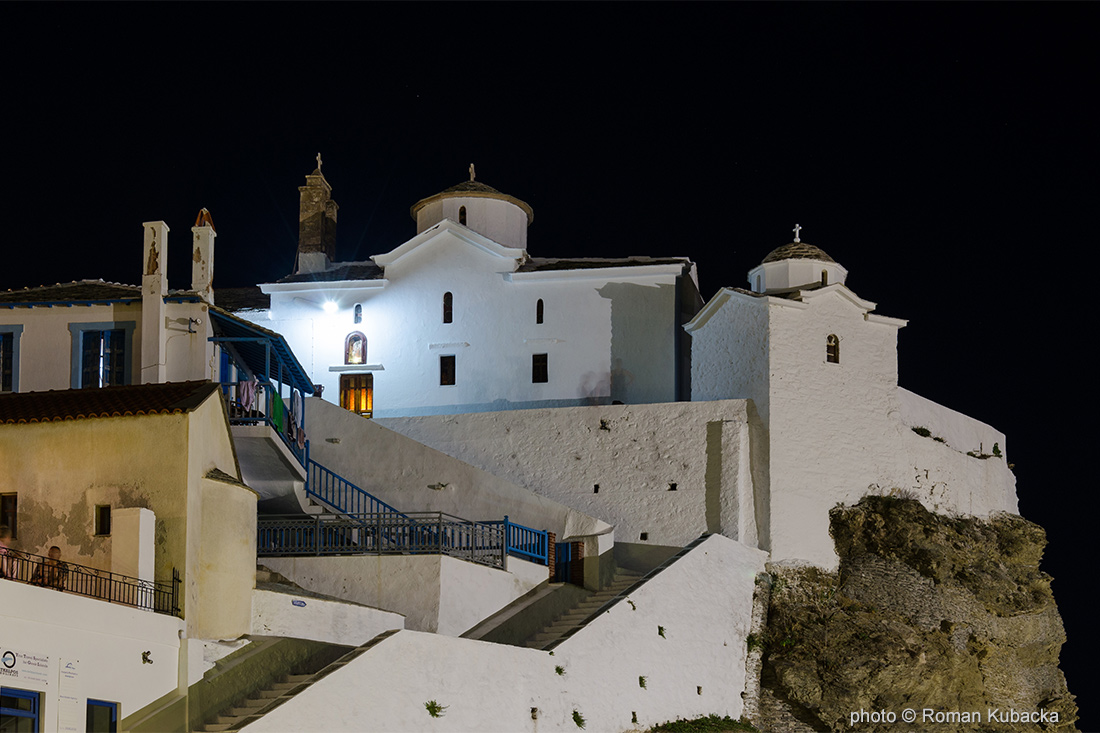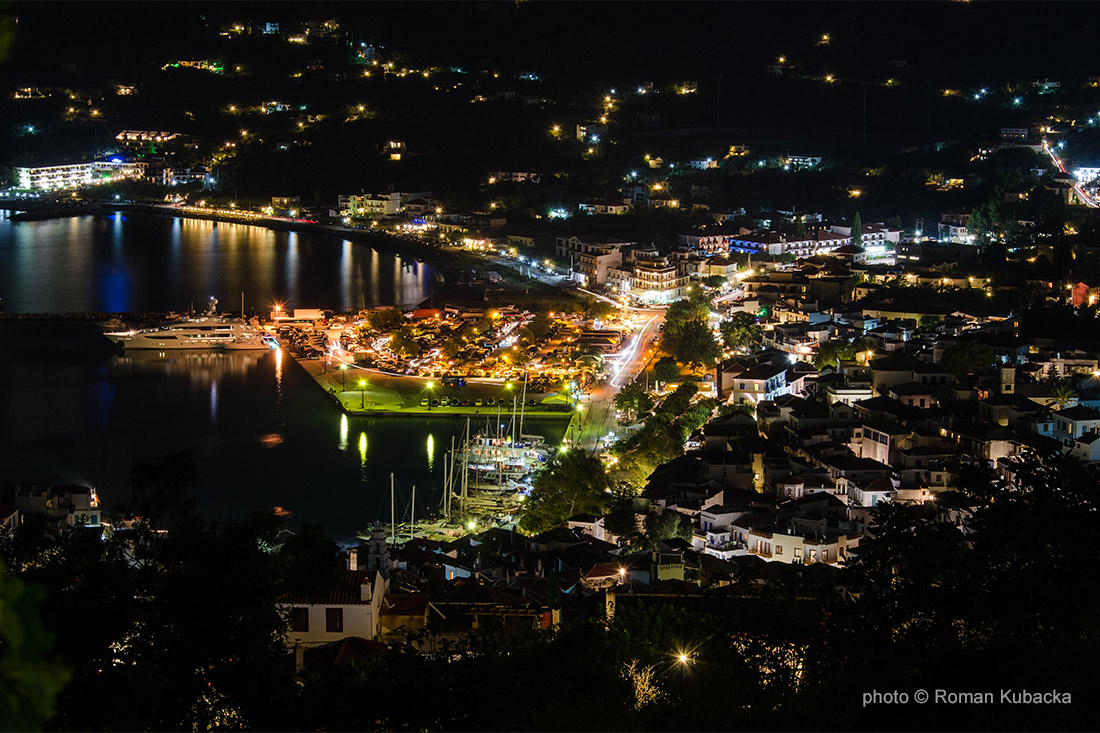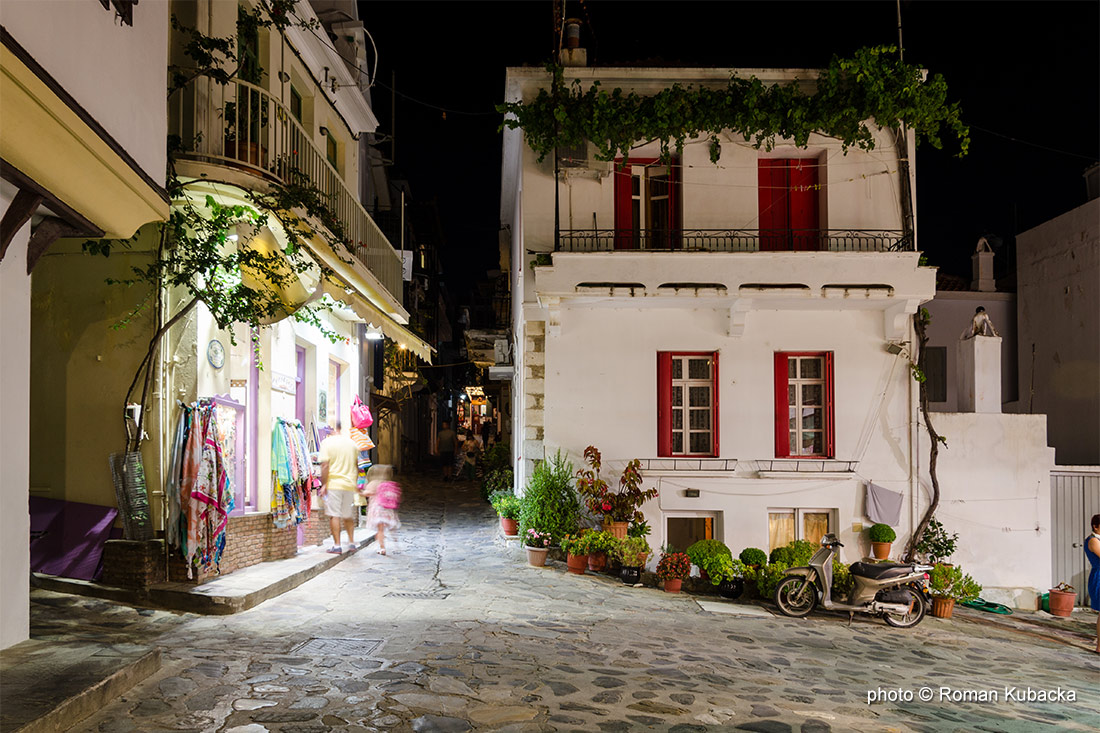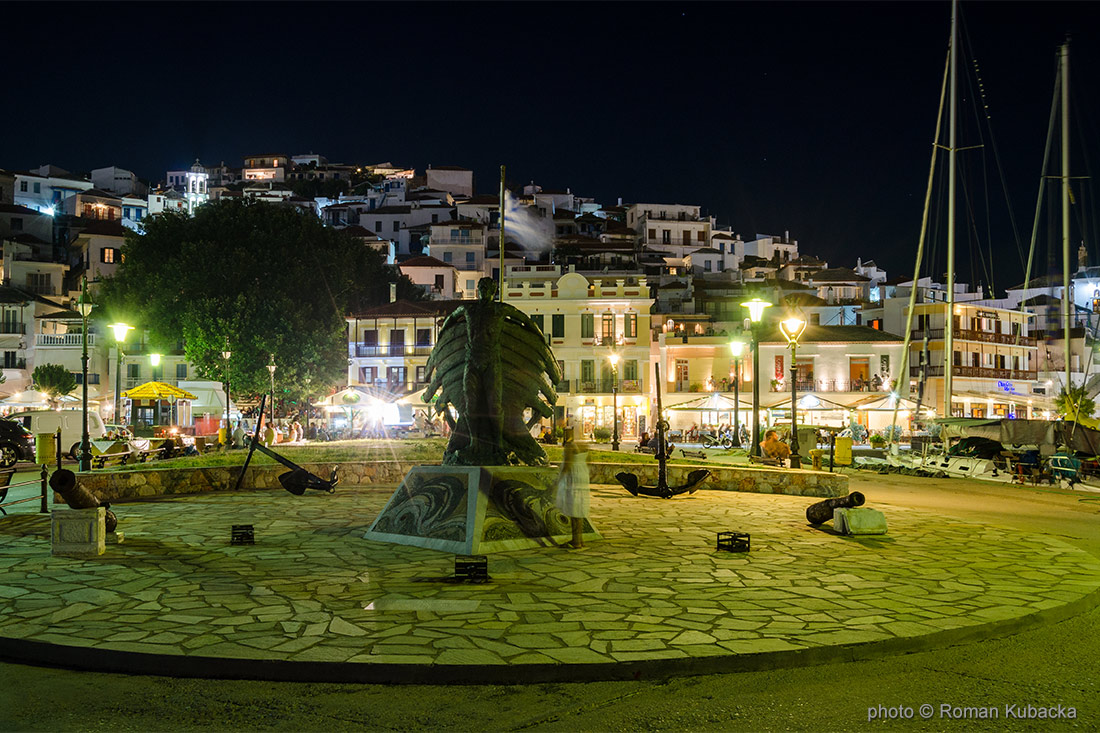
The isle of low lights leaves a warm glow
Think of Greek islands and visions of perfect whitewashed villages and deserted bays dance into consciousness...

In reality, a Greek island holiday usually involves sharing your towel on some heaving beach, listening to the trash and roar jet skis, and finding chips are the only option for lunch at the local taverna.
Skopelos, in the Sporades archipelago, is a throwback – a reminder of how Greek islands used to be. Here, you’ll find no rash of neon (it’s banned); just pretty, whitewashed towns clinging like limpets to cliffs, and 360 churches and chapels serving a population of only 6,000.
The hydrofoil from busy Skiathos takes just 40 minutes to zip across the Aegean like a dragonfly before belly-dropping, exhausted, at Skopelos harbour wall.
Along the water front a necklace of tavernas and mulberry trees hold hands and behind them labyrinthine alleys hide bijou stores selling jewellery and arts and crafts instead of the usual tourist tat.
The town climbs the hillside like wisteria up a wall, a blaze of white walls and blue shutters stretching from the apparently bottomless blue ocean to the infinite blue vat sky. As night thickened, unlike on Skiathos, there was no screaming neon; in Skopelos the only twinkling lights come from the stars, and the only band playing is the cicadas…
During the day we went off exploring a succession of bays and lunching at waterfront tavernas before collapsing back on the beach. The finest of these accessible by car are Limnonari, Panormos, Agnontas, Milia and Adrines on the south-west coast.
But the best way of exploring the island is undoubtedly by boat. Skopelos is a switchback of thick pine forest, its roller-coaster hills preventing the kind of rapid over-development experienced by its neighbouring island. Its untamed wildness also means there are enough isolated bays for every adventurous tourist to have one to them self.
Instead of rubbing shoulders with strangers on a more impersonal public cruise, our party of five chartered its own private caique, a traditional Greek boat. This worked out at around £40 each for ten blissful hours… On one occasion, diving off the boat and shattering the jewel-like waters, we swam into the narrowest of inlets flanked by cliffs inhabited by flickering swallows.
Inside a secret bay, we discovered a large cave on the shore blackened by the smoke of camp fires. I couldn’t help wondering if the legendary pirate Barbarossa had pulled in here when he pillaged and slaughtered the islanders on one of his bloodthirsty romps in the 16th century.
All photos copyrighted © by their respective owners
Not far away, we sailed into Cape Adrina, named after an other pirate – this time female – who’d reputedly drowned herself in the bay when her crew failed to return from a mission.
The island is knee-deep in such legends. One claims that in the past Skopelitans were so wealthy they used wine instead of water to mix with cement when building their homes. The islanders are still pretty prosperous by the look of their homes, but most now make their living from regular tourists, who find Skopelos a rich mine of holiday memories.
We did manage occasionally to drag ourselves away from the coast during our week, visiting a plum farm, a boat maker and a cluster of monasteries and chapels…
On a Greek island, thankfully, all roads eventually lead back to the sea.
The above content is an excerpt from the original article, published in Daily Mail (dailymail.co.uk).

